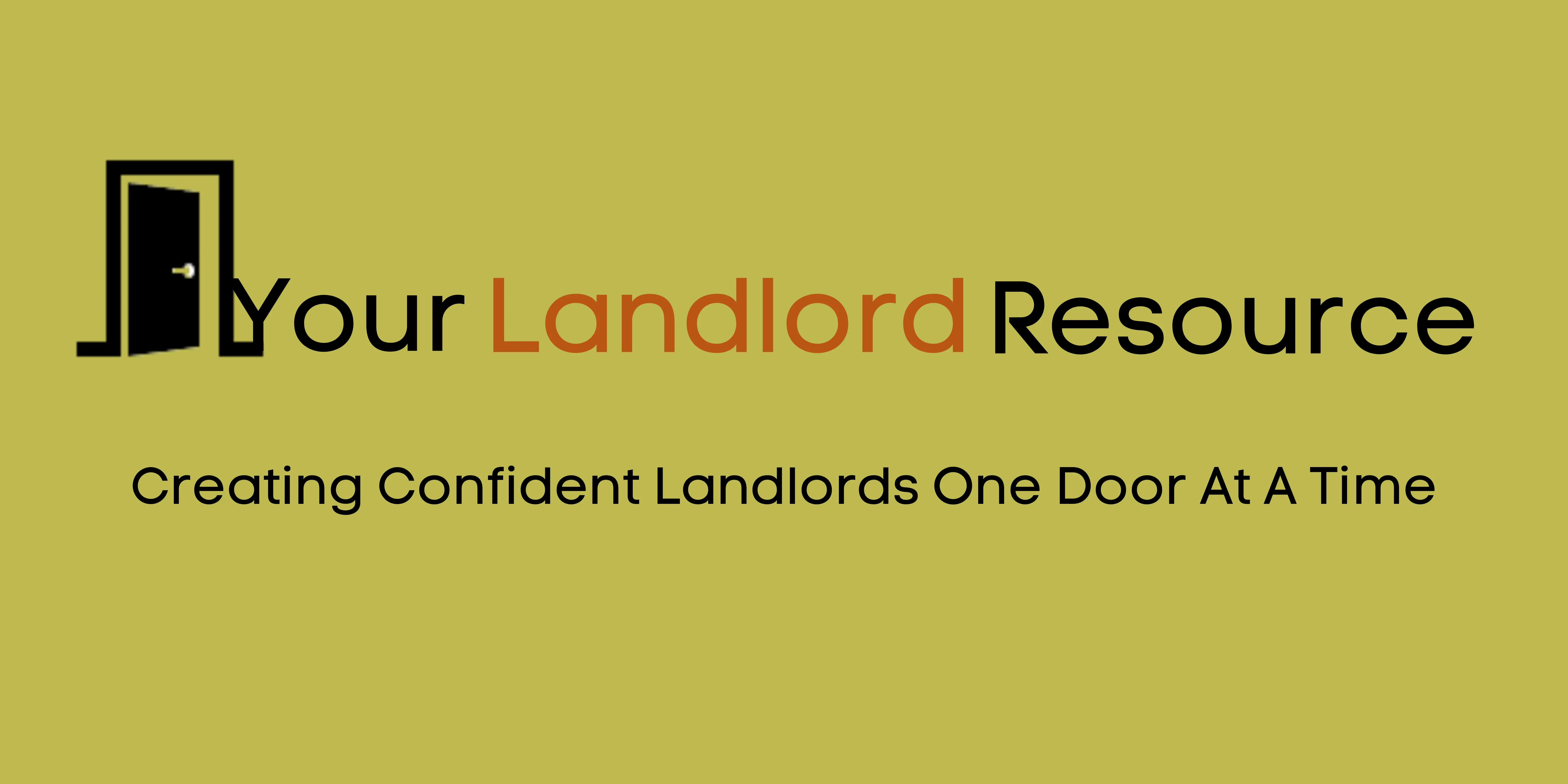this is a page for
Daily Archives: October 5, 2021
This post contains affiliate links which we may earn a small commission should you purchase from them.
October 8-14 is National Fire Prevention Week, and being that many of our relatives are firefighters, we thought we would honor their employment by offering up tips to keep them from having to work too hard! But seriously, for landlords, this guide to fire safety is essential to follow ANYTIME when managing their rental properties.
Many elements can potentially cause fires in any home. Still, when it comes to rental properties, these potential fire hazards likely occur from tenants just not thinking thoroughly about their surroundings. As a rental property owner, it is your responsibility to do periodic inspections. We do ours twice yearly in spring and fall. Ensure there are no maintenance issues to be fixed, no lease violations you need to address, and absolutely no fire hazards that the tenant needs to remedy.
Below you will find our landlord tips to guide you when inspecting fire safety in your rental properties.
Know Your Local and State Fire and Building Codes
Codes differ from state to state, but many are just plain common sense. Please know you may not be covered by insurance if you violate fire codes. Some items you will find addressed in these codes are:
How many persons can live in the unit? In California, a single-family home rental is capped at six separate tenants. In apartments, our state goes by the two-plus 1 rule. This rule allows two persons per bedroom and one additional for the household. It is important to remember that these are guidelines, and should no health or safety issue be present, we cannot discriminate on familial status.
What is the requirement for fire extinguishers based on square feet of living space? This code may differ for single-family homes vs. multi-family complexes, but the theory is the same. You need to provide fire extinguishers for the tenants to use in the event of a fire. More on how we handle that below.
What kind of fire escapes or ladders do you need to provide for rentals with more than one story?
Where do I need to post escape plans?
Do I need to install sprinklers in my rental property?
How many smoke detectors do I need in each unit?
Can I have a locked gate at the entrance of the property? If so, how will fire and police access the property in the event of an emergency? Does said locked gate need to swing outward to allow easy and quick escape for my tenants?
To find general information on the fire code for your county or region, visit the National Fire Protection Agency Code Finder Page.
Install Smoke Detectors
OK, so this one is obvious, but there are some things you should know about the type of detector you provide and where the placement should be. You can choose to provide standard smoke detectors with 9v or newer ones with 10-year batteries. As they are new, we have had several units fail and find some kinks the companies need to work through.
There are newer smoke detectors that are wireless/battery operated but interconnect to communicate with the other sensors in the home. For example, if a fire starts in the living room, that detector will trigger the hallway one and continue until all sensors signal a fire warning for the tenants. You have on average less than three minutes from the time you hear a smoke alarm to escape a fire. The sooner you hear an alarm, the sooner you can get out safely. Smoke alarms that link together so that when one goes off, they all go off, are called interconnected alarms. These alarms provide more warnings in more places, giving your family more time to escape a house fire. Houses built after 1993 are required by building codes to have interconnected alarms that are wired into their electrical system.
We use this wireless interconnecting smoke detector in our 100-year-old single-family home rental. For under $30, you really can’t beat the price considering the advanced safety you receive.
If you’d like to add an interconnecting smoke and carbon dioxide combo unit, this is the one we recommend.



